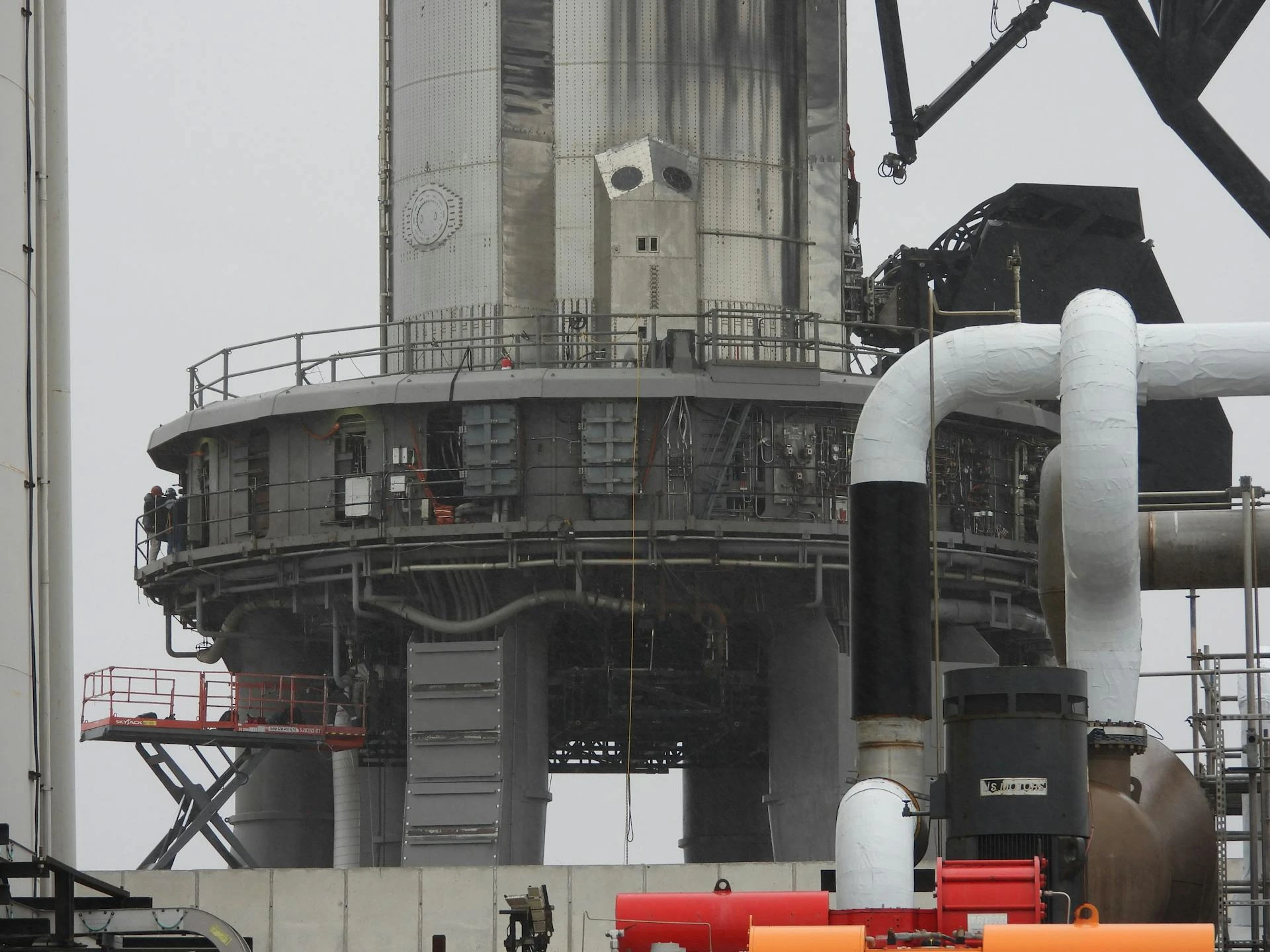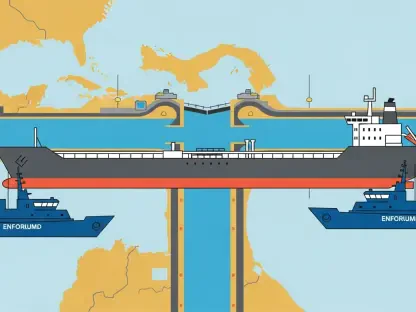What if the answer to the world’s energy crisis lies in replicating the power of the sun right here on Earth, and in doing so, we could power entire cities with clean, limitless energy without a trace of carbon emissions or long-term nuclear waste? Picture a future where this dream becomes reality. On October 9, at a climate congress hosted by Germany’s BDI industry federation, Gauss Fusion, a trailblazing German technology company, took a monumental step toward this vision by unveiling Europe’s first fusion power plant design. This announcement isn’t just a scientific breakthrough; it’s a bold promise of a sustainable tomorrow, igniting hope and curiosity across the globe.
The significance of this development cannot be overstated. As climate change accelerates and the demand for carbon-neutral energy intensifies, fusion energy offers a transformative solution, mimicking the sun’s natural process to generate vast electricity with minimal environmental impact. With Germany committing a staggering 2 billion euros ($2.33 billion) through its Fusion Action Plan extending to 2029, the nation is positioning itself at the forefront of this revolutionary field. This design, set to be delivered to the German chancellery within days of the announcement, represents not just a technical milestone but a strategic move in a fiercely competitive global race for energy innovation.
A Turning Point for Sustainable Power
Fusion energy stands as a beacon of hope in an era defined by environmental challenges. Unlike conventional nuclear fission, which produces long-lasting radioactive waste, fusion harnesses the same reactions that power stars, offering a cleaner, safer alternative. The potential to generate near-infinite energy with negligible ecological harm makes this technology a cornerstone for achieving global carbon neutrality goals.
Germany’s aggressive push into this arena reflects a broader recognition of fusion’s role in securing energy independence. Supported by substantial government funding, the nation aims to transition from theoretical research to practical, industry-driven solutions. This shift underscores a commitment to not only combat climate change but also establish economic leadership in a sector poised to redefine the world’s energy landscape.
The unveiling of this design by Gauss Fusion marks a historic moment, signaling that the dream of fusion power is inching closer to reality. It’s a reminder that innovation, backed by policy and investment, can address some of humanity’s most pressing issues. The stakes are high, as success here could inspire similar efforts worldwide, reshaping how energy is produced and consumed.
The Urgency of Fusion in Today’s World
With global temperatures rising and extreme weather events becoming more frequent, the need for sustainable energy has never been more critical. Fossil fuels, still dominant in many regions, contribute heavily to greenhouse gas emissions, while renewable sources like wind and solar face limitations in scalability and consistency. Fusion energy emerges as a potential game-changer, promising to bridge these gaps with a reliable, eco-friendly power source.
Germany’s leadership in this space is driven by both environmental and strategic imperatives. The 2 billion euro investment through 2029 is a clear signal of intent to outpace competitors and secure a foothold in a technology that could redefine global markets. Beyond reducing carbon footprints, fusion offers a path to energy sovereignty, reducing reliance on volatile international fuel supplies.
This urgency is amplified by the international context, where nations like the United States and China are pouring resources into their own fusion projects. The race isn’t just about science; it’s about economic dominance and the ability to shape future energy policies. For Europe, staying ahead means leveraging every advantage, from funding to collaboration, to ensure fusion becomes a practical solution sooner rather than later.
Exploring Gauss Fusion’s Innovative Blueprint
At the heart of this milestone is Gauss Fusion’s Conceptual Design Report (CDR), a comprehensive plan crafted with input from hundreds of European experts. This document addresses pivotal challenges, from the development of advanced materials capable of withstanding extreme conditions to the establishment of robust supply chains for large-scale implementation. It’s a testament to the feasibility of fusion as a near-term energy source.
A standout feature of the design is its alignment with cutting-edge laser-based fusion systems, an area where Germany could lead globally within three to five years, according to projections from the Fraunhofer organization. This approach differs from other methods like plasma confinement, pursued by competitors in the US and elsewhere, highlighting the diversity of strategies in the field. Gauss Fusion’s blueprint positions it as a frontrunner in navigating these complex technological pathways.
The global landscape adds another layer of intrigue, with private enterprises and state-backed programs racing to crack the fusion code. While some focus on incremental advancements, Gauss Fusion’s design prioritizes scalability and industrial readiness. This balance of ambition and pragmatism sets it apart, offering a model that could accelerate the transition from lab experiments to real-world power plants.
Leaders Speak on Vision and Challenges
Milena Roveda, CEO of Gauss Fusion, expressed confidence in the project’s potential, stating, “The CDR proves that the technologies, materials, and supply chains for fusion energy are within reach.” Her words reflect a grounded optimism, emphasizing that the path forward, while complex, is achievable with the right resources and focus. This perspective resonates with stakeholders eager to see tangible progress in clean energy.
Echoing this sentiment, CTO Frederic Bordry highlighted the broader implications, noting, “Overcoming industrial hurdles is crucial to securing Europe’s leadership in the global fusion race and ensuring energy sovereignty.” His emphasis on industrial challenges points to the practical barriers—manufacturing capacity, funding, and coordination—that must be addressed. It’s a call for unified effort across sectors and borders.
Backing these voices is strong support from Germany’s conservative leadership, which views fusion as a pillar of national energy strategy. An independent panel is slated to review the CDR in January of the following year, a critical step toward advancing to the next design phase. This convergence of industry insight and governmental commitment paints a picture of collective determination to push fusion technology into the mainstream.
Charting the Course to a Fusion-Driven Era
Transforming a groundbreaking design into operational reality demands a clear strategy. For policymakers, Gauss Fusion’s progress offers a blueprint: foster industry-led partnerships and prioritize applied innovation over pure research. Germany’s approach, integrating public funding with private expertise, serves as a model for balancing ambition with actionable timelines.
For the public, understanding fusion’s promise means supporting sustained investment and advocating for international collaboration. The technology’s success hinges on shared knowledge and resources, as no single nation can tackle the complexities alone. Public awareness and engagement will play a vital role in maintaining momentum, ensuring that fusion remains a priority on political and economic agendas.
Practically, the next steps involve rigorous testing of the CDR, expanding industrial alliances, and aligning with Germany’s Fusion Action Plan for seamless execution. From 2025 to 2029, the focus will be on scaling prototypes and refining systems to meet grid-ready standards. This roadmap provides a structured path for Europe to maintain its edge, turning scientific vision into a cornerstone of global energy infrastructure.
Reflecting on a Historic Leap
Looking back, the announcement by Gauss Fusion stood as a defining moment in the journey toward sustainable energy. It captured a rare blend of scientific achievement and strategic foresight, showcasing what could be accomplished when innovation aligned with policy support. The delivery of Europe’s first fusion power plant design to the German chancellery marked the beginning of a new chapter.
The path ahead was understood to require persistent effort—testing, collaboration, and investment on an unprecedented scale. Stakeholders were encouraged to build on this foundation by fostering cross-border partnerships and prioritizing funding for scalable solutions. These actions were seen as essential to overcoming remaining technical barriers.
Ultimately, the legacy of this milestone rested on the ability to translate vision into impact. Future considerations included establishing global standards for fusion deployment and ensuring equitable access to its benefits. By focusing on these priorities, the groundwork laid by Gauss Fusion had the potential to power a cleaner, more secure world for generations to come.









